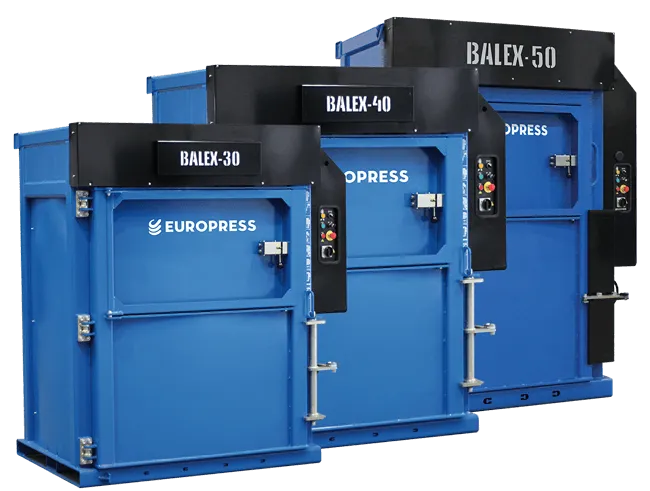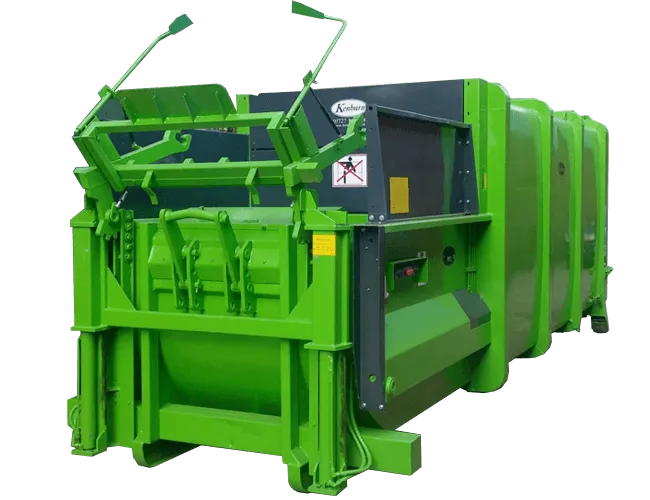ISO 9001:2015 QMS Standard
Supporting an organization’s aims and objectives, the ISO 9001 quality management system standard provides the infrastructure, procedures, processes and resources needed to help organisations control and improve their performance, resulting in efficiency and product excellence. Implementing a QMS helps an organization to operate more efficiently, identify and address risks and meet statutory and regulatory requirements.
Based on seven quality management principles, the ISO 9001:2015 certification defines the way an organization operates to meet the requirements of its customers and stakeholders:
- Customer focus
- Leadership
- Engagement of people
- Process approach
- Improvement
- Evidence-based decision-making
- Relationship management
Kenburn Director, Gail Foxcroft comments “with an outward-looking approach, we are to better able to meet the needs of customers and stakeholders, as well as improve our processes and policies to improve customer satisfaction and service quality. ISO 9001 Quality Management System helps Kenburn to develop and improve our performance.”
Commitment to innovation and improvement
Gail adds “With these principles at the heart of our business, Kenburn’s mission is to supply and maintain cost-effective waste handling equipment to the complete satisfaction of our customers. We are committed to continuously improving the quality of our products and services and our ISO procedures serve as a tool to help us achieve this objective. The ISO certification transition represents a tremendous competitive advantage, as well as enhancing customer satisfaction, reinforcing the reputation and professionalism of the company and demonstrating that it has a permanent commitment to innovation and improvement. Our customers expect high standards of excellence and our certification to ISO 9001 demonstrates that quality management is at the centre of our business.”
One of the main requirements of the new standard is that those at the top of an organisation are involved and accountable, aligning quality with wider business strategy, including systems to identify and then meet or exceed customer requirements. This is vital for Kenburn to both retain existing clients as well as attracting new ones, as it provides reassurance to customers that Kenburn is a credible organization. The revised standard encourages a risk-based approach to encourage preventative action and ensure continuous improvement.
For Kenburn, the main objective of ISO 9001:2015 is to provide confidence in the company’s ability to consistently provide customers with conforming products and services, as well as to enhance customer satisfaction. The new standard embraces leadership, risk and opportunities within the context of the operating environment of the business. By considering risks as well as opportunities, change can be managed more effectively at all levels.
What makes ISO 9001:2015 different from 2008?
Quoting from SGS, the main differences between the two standards as follows:
- Identify both external and internal issues. The new ISO 9001 standard now requires organisations to identify all issues both within and outside the organisation that are relevant to its context and that can help to achieve the intended outcomes of its management system
- Greater emphasis on leadership than management. ISO 9001:2015 certification requires management to have direct involvement and ownership of the process and to ensure that the QMS is achieving its intended results and drive continual improvement within the organisation
- Focus on organisational planning. This is a new requirement which requires organisations to identify those risks and opportunities that have the potential to impact (negatively or positively) on the operation and performance of their QMS
- Evaluation of resources. Organisations need to take into account both internal and external resource requirements and capabilities to implement, maintain and improve its QMS
- Open-communication with customers. There is now a requirement that these processes must include, where relevant, communicating with customers in relation to the handling or treatment of customer property and specific requirements for contingency actions
- Identifies the ‘what’ ‘how’ and ‘when’ of the monitoring and measurement. ISO 9001:2015 certification now requires organizations to monitor information relating to the degree to which their needs and expectations have been fulfilled
- Improvement. An additional requirement for organisations to address is the ‘consequences’ of nonconformities, which is recognition that not all of its processes and/or activities will represent the same level of risk in terms of the organisations ability to meet its objectives
Contact us today or call Kenburn Sales on 01727 844988 for more information on our range of balers and compactors, consumables and services. We can service most makes of baler or compactor irrespective of where it was purchased. With a nationwide team of engineers, we can offer operator training, repairs and maintenance services, including ad-hoc services as well as annual maintenance agreements.







